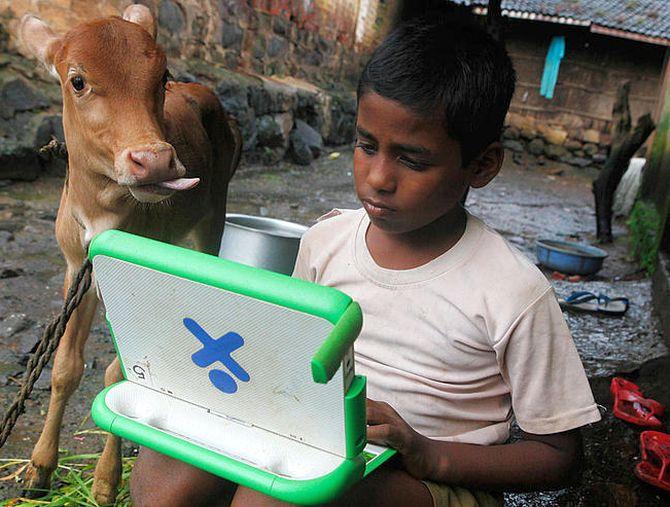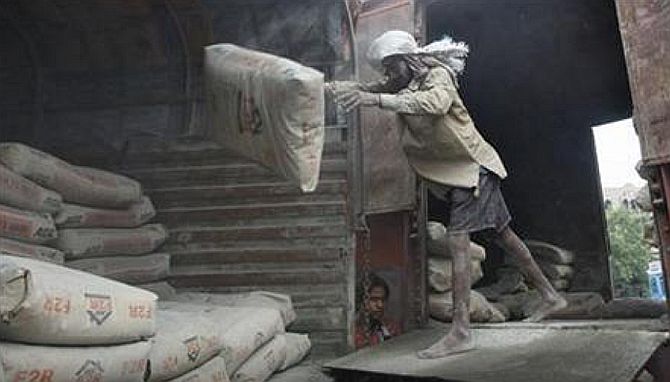It has been over two decades since the cabinet cleared the BharatNet project, earlier known as National Optical Fibre Network.

However, progress of the programme has been slow.
While the government had set the target of connecting 100,000 gram panchayats by 2013, it took another four years to achieve this target in December 2017.
Progress under the current administration has improved, but the government has again missed its targets.
It would take another two years to cover all gram panchayats in the country at the current pace.
The government had set the target to connect all 262,825 gram panchayats by March 2019.
It has now set the target of covering all villages by 2025 (see chart 1).

Considering all villages in the country, the completion rate has been less than a third.
As per the statement by the minister in Rajya Sabha, until March 1, the government was able to connect just 27 per cent of the villages.
A state-wise progress report shows that of the 33 states/UTs for which data is available, 15 had a connectivity rate of less than 20 per cent.
Connectivity ratio is defined as the proportion of villages made service ready under the Bharat Net programme and the total number of villages in the state (see chart 2).

Only two states/UTs — Chandigarh and Punjab — had achieved over 90 per cent coverage, and only eight had been able to make over 60 per cent of their villages service ready.
Most of the larger states had lower connectivity ratios. Uttar Pradesh had a connectivity ratio of 35 per cent, whereas Bihar had been able to make 20.3 per cent of its villages service ready.
Himachal Pradesh had covered just 2.1 per cent of its villages, and West Bengal had covered 5.9 per cent.
Assam had a connectivity ratio of 5.4 per cent.
Besides most states not achieving even half of the connectivity ratio, another issue is the dip in coverage during Covid.
Data shows that the growth rate in the number of villages connected had declined between 2020-21 and 2021-22.
While the government had added 16.8 per cent more villages between 2018-19 and 2019-20, it was only able to add 14.2 per cent and 9 per cent villages for the next two years.
In terms of laying down optical fibre, the progress is about a third of what was achieved prior to the pandemic.
Between 2018-19 and 2019-20, the government had added 35.6 per cent more optical fibre network, but the progress in 2020-21 was just 19.8 per cent and further declined to 10 per cent in 2021-22 (see chart 3).

Moreover, a comparison of villages added with Budget data shows that the cost of adding more villages has been rising.
While the government has constantly been missing its budget targets and spending lower than the budgeted amount each year, it has also been paying more for coverage.
In 2020-21, it paid Rs 6.9 lakh to lay one kilometre of optic fibre cable; the cost increased to Rs 13.6 lakh in 2021-22.

The average cost of laying a kilometre of optic fibre was Rs 6.3 lakh per km between 2016-17 and 2019-20 (see chart 4).










